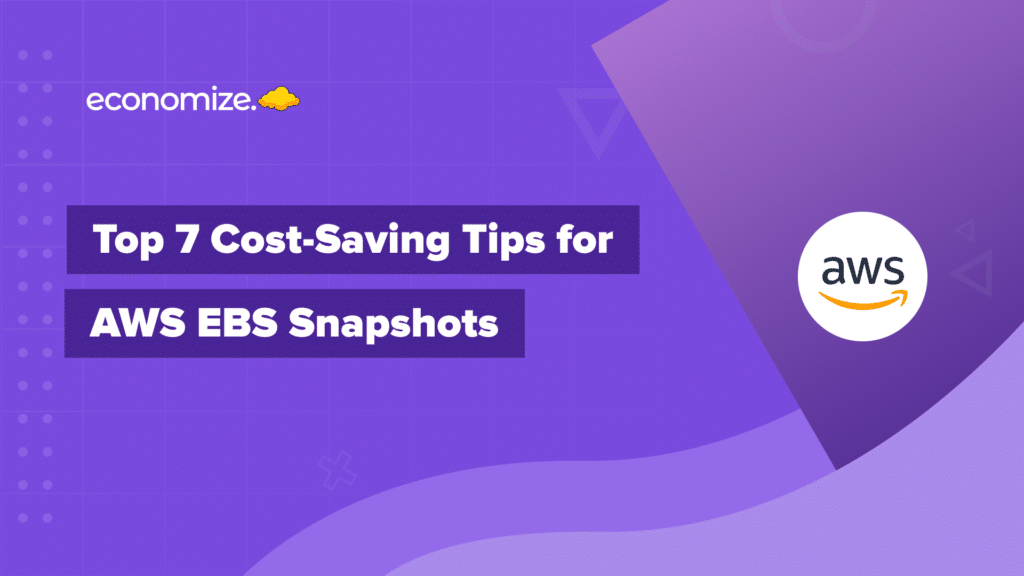What is CloudWatch?
Amazon CloudWatch is an AWS tool that allows you to keep track on the health and performance of your AWS resources and applications. It gathers and maintains operational metrics and log files from EC2 instances, RDS databases, VPCs, Lambda functions, and a variety of other resources.
You can monitor your AWS account and resources with AWS CloudWatch, and receive a series of events or set alarms and actions for certain scenarios. AWS CloudWatch monitors resource use, application performance, and operational sustainability by providing visibility into your AWS resources. These insights help you process and maintain your workloads in the long run.
In reaction to events or schedules, CloudWatch begins communication with other services. CloudWatch will also collect data from other services, as well as notifications and alarms from groups of services being utilized, and display them on a customizable dashboard.
How does AWS CloudWatch work?
AWS CloudWatch is made up of separate functions that are packaged together as “CloudWatch.”
Metrics – A metric is a specific data point from one of the resources you’re monitoring. For example, the CPU use percentage of an EC2 instance is a common metric to track. AWS services like EC2 have a number of metrics that are automatically built in and sent to CloudWatch every 5 minutes by default. In addition to the metrics already built in, you may set up detailed monitoring to increase the rate of communication between an AWS service and CloudWatch. You can also develop your own metrics to provide to CloudWatch.
Namespaces – Metrics are stored in namespaces, which are containers. These containers allow you to segregate metrics from your various services and apps so that you always know which of your assets measurements are associated with. You must establish a namespace for each source and metric you collect when adding data sources to CloudWatch.

Timestamps – Timestamps are pieces of information that show when a metric was created or absorbed. Between two hours in the future to two weeks in the past is the span in which timestamps can be configured. Alternatively, CloudWatch can assign a stamp manually based on when the metric was received. They are crucial in organizing data for analysis and triggering alarms.
Alarms – An alarm analyzes the data points you specify and will sound when the tracked metric’s value exceeds the stated value for a set period of time. For example, if the CPU use of an EC2 instance surpasses 80% for more than 5 minutes, the alarm will send a notice message to the specified destination. The notice may be delivered to a Simple Notifications Service (SNS) topic, which would then send an email/SMS alert, or it could be sent to an autoscaling policy, which would then scale out an auto scaling group in response to heavy load on an instance CPU.
Dimensions – Name/value pairs that categorize metric qualities are called dimensions. You can set up to ten dimensions for any metric you create. These dimensions can be used to differentiate between several instances of the same service and to filter data based on service usage. You can add InstanceId dimensions to your EC2 instances, for example, to distinguish them for monitoring purposes.
Benefits, Challenges, and Security of AWS CloudWatch
Benefits
- Conveniently transfer CloudWatch log data to Amazon Elasticsearch for processing in real time.
- Utilization of all available resources
- AWS EC2 instances allow for simple system integration.
- Monitoring AWS resources effectively
- Allows for the alerting of anomalies discovered using Amazon SNS.
Challenges
- The CloudWatch dashboard does not support the creation of discrete count histograms.
- The RAM measurements are not saved by CloudWatch on EC2.
- Much more expensive than other third-party monitoring and logging software.
- Only AWS resources are included in the integration.
Safety & Security
You can regulate which people and resources have permission to access your data and how they can access it using Amazon CloudWatch and AWS Identity and Access Management (IAM). Amazon CloudWatch Logs is also compliant with PCI and FedRamp. Both at rest and in transit AWS ensures that your data is encrypted according to the compliance laws of your region.. You can also use AWS Key Management Service (AWS KMS) encryption to encrypt your log groups for added compliance and security.
Conclusion
CloudWatch logs, metrics, and events are used to collect monitoring and operational data. You obtain total visibility of your AWS resources, apps, and services running on AWS and on-premises, as well as a single picture of operational health. To keep your apps running smoothly, you can use CloudWatch to detect abnormal behavior in your environments, trigger alarms, analyze logs and metrics side by side, take automated actions, troubleshoot issues, and find insights.
Amazon CloudWatch is a service provided by Amazon Web Services that allows you to monitor the health and performance of your AWS resources and applications. It collects and keeps track of operational metrics and log files from EC2 instances, RDS databases, VPCs, Lambda functions, and other resources. You may monitor your AWS account and resources with AWS CloudWatch, and get a series of events or set alarms and actions for certain conditions. Using CloudWatch intelligently enables you to get the most out of your AWS workloads and services.








